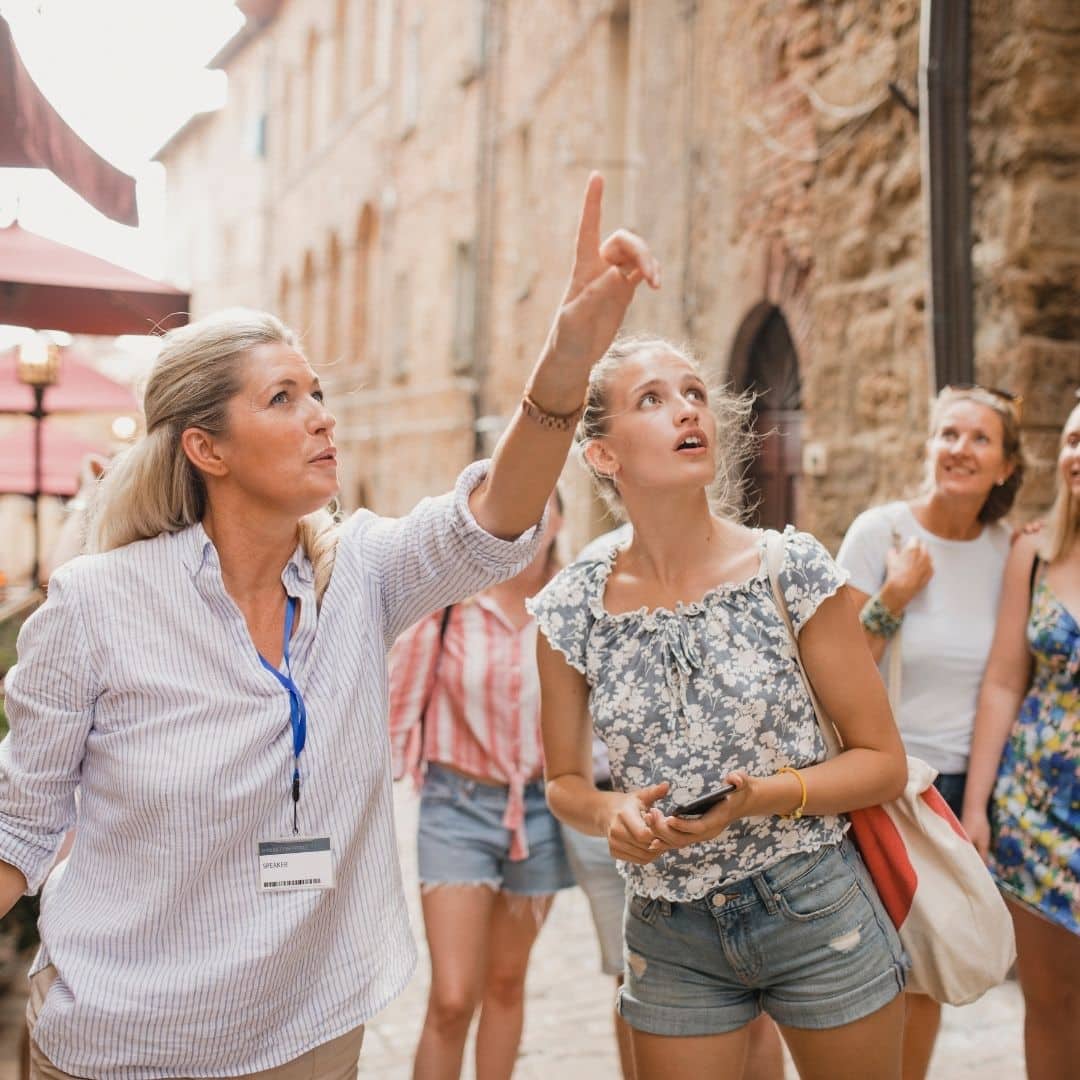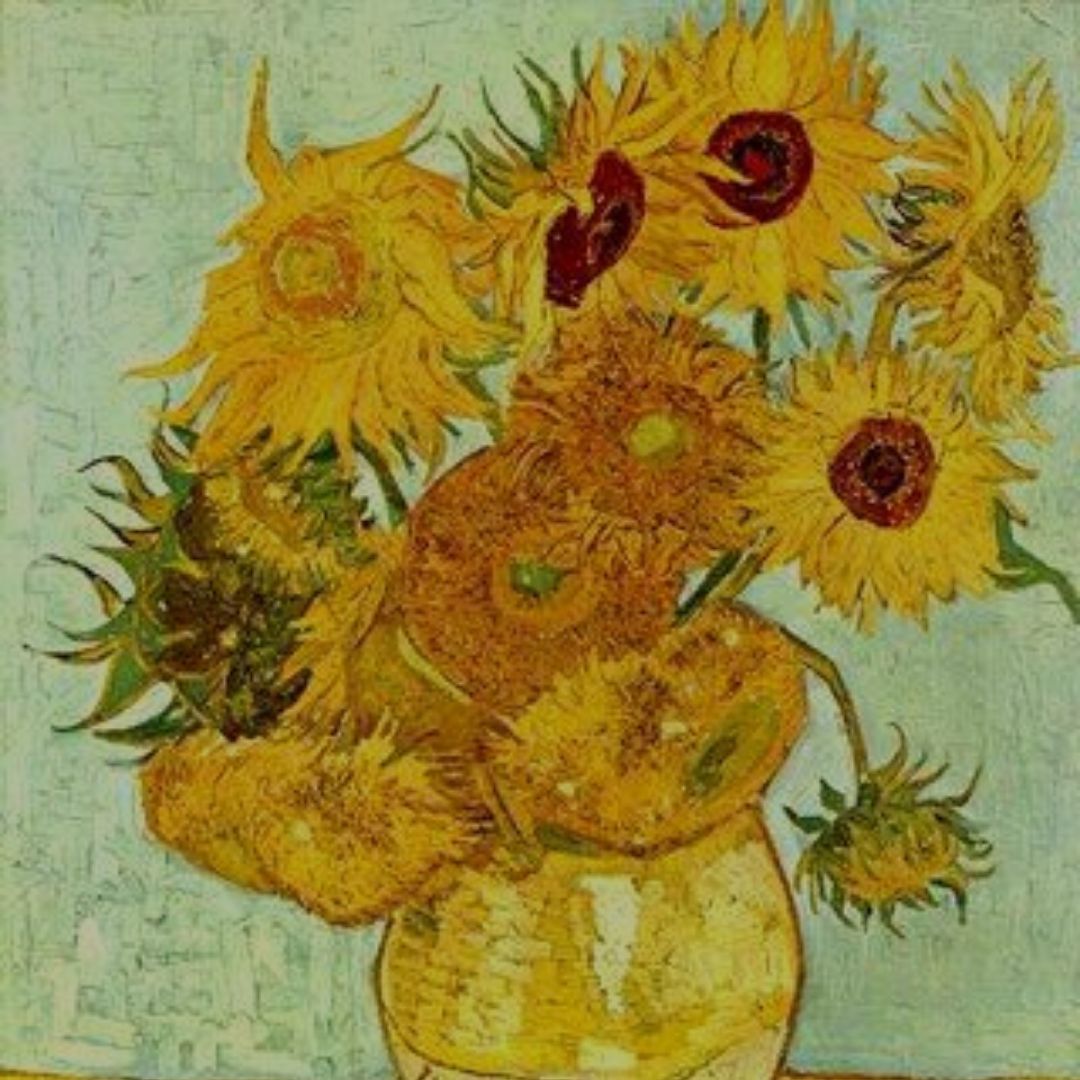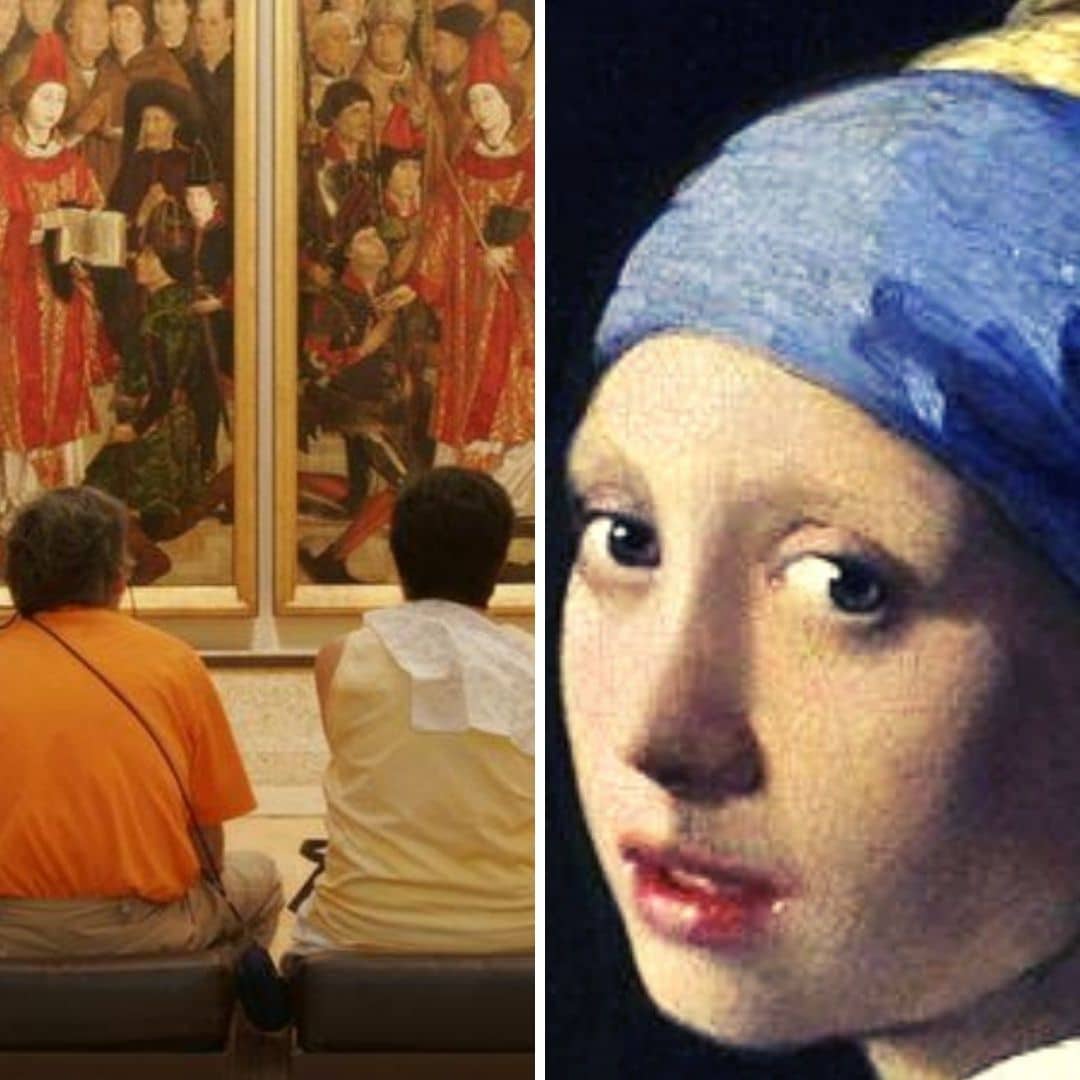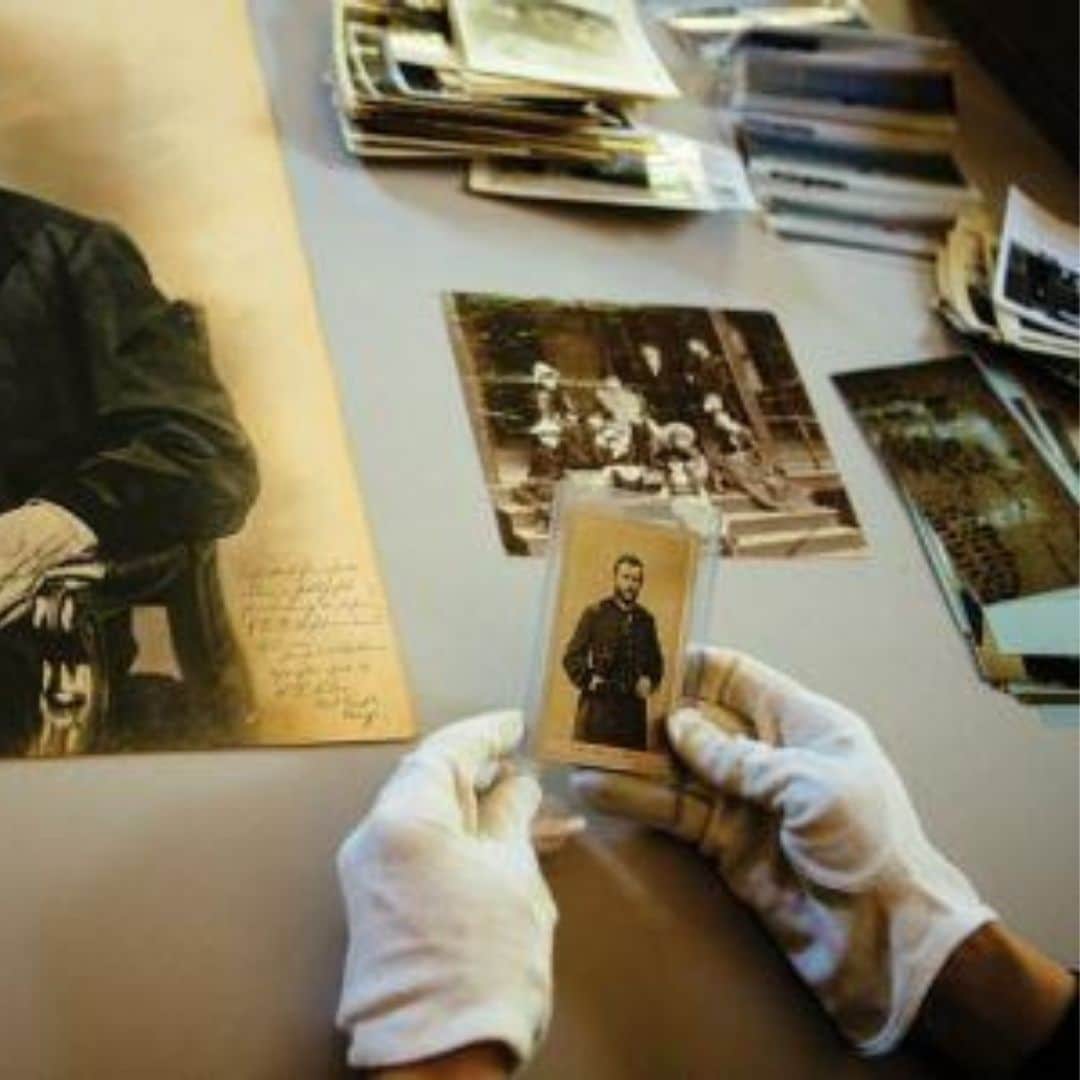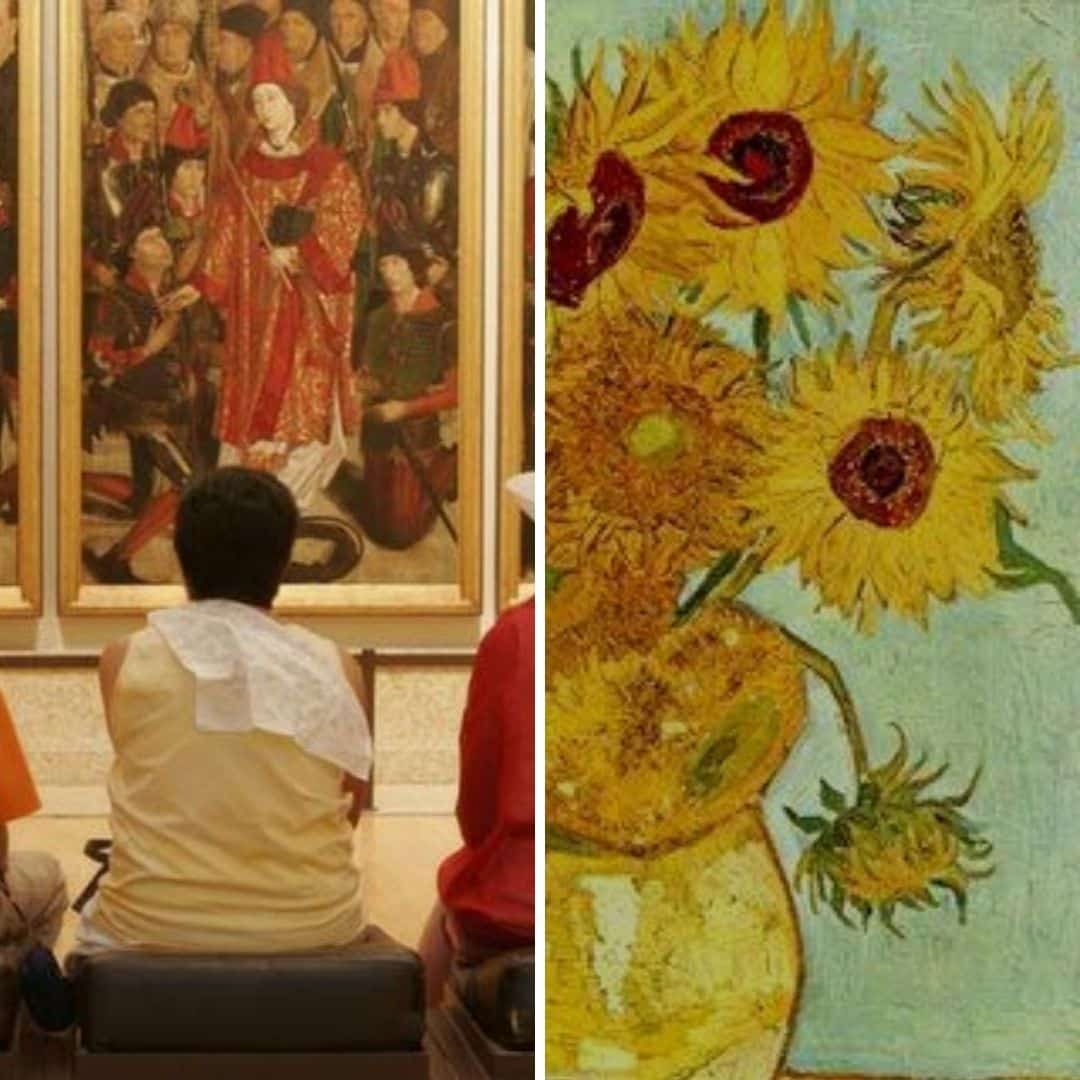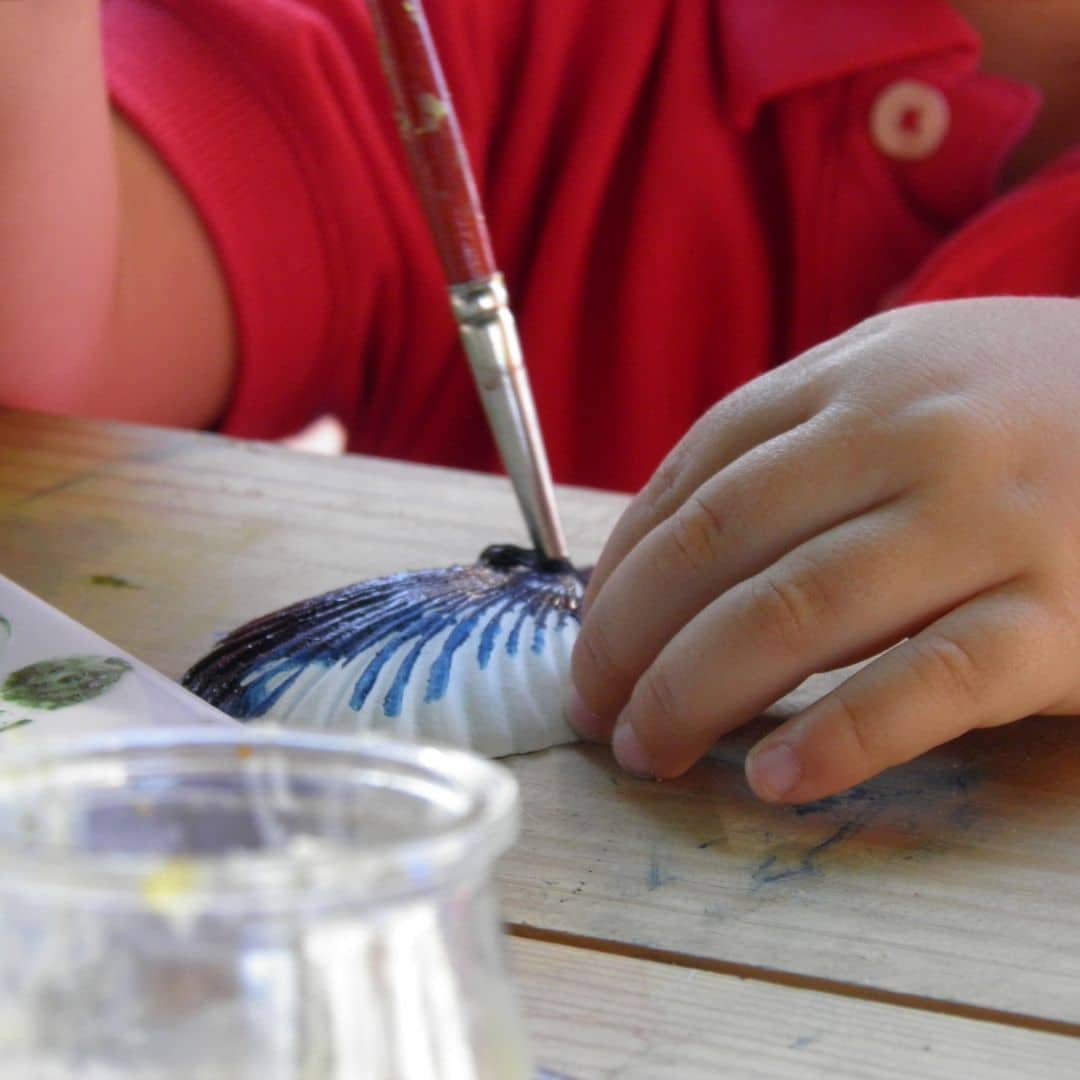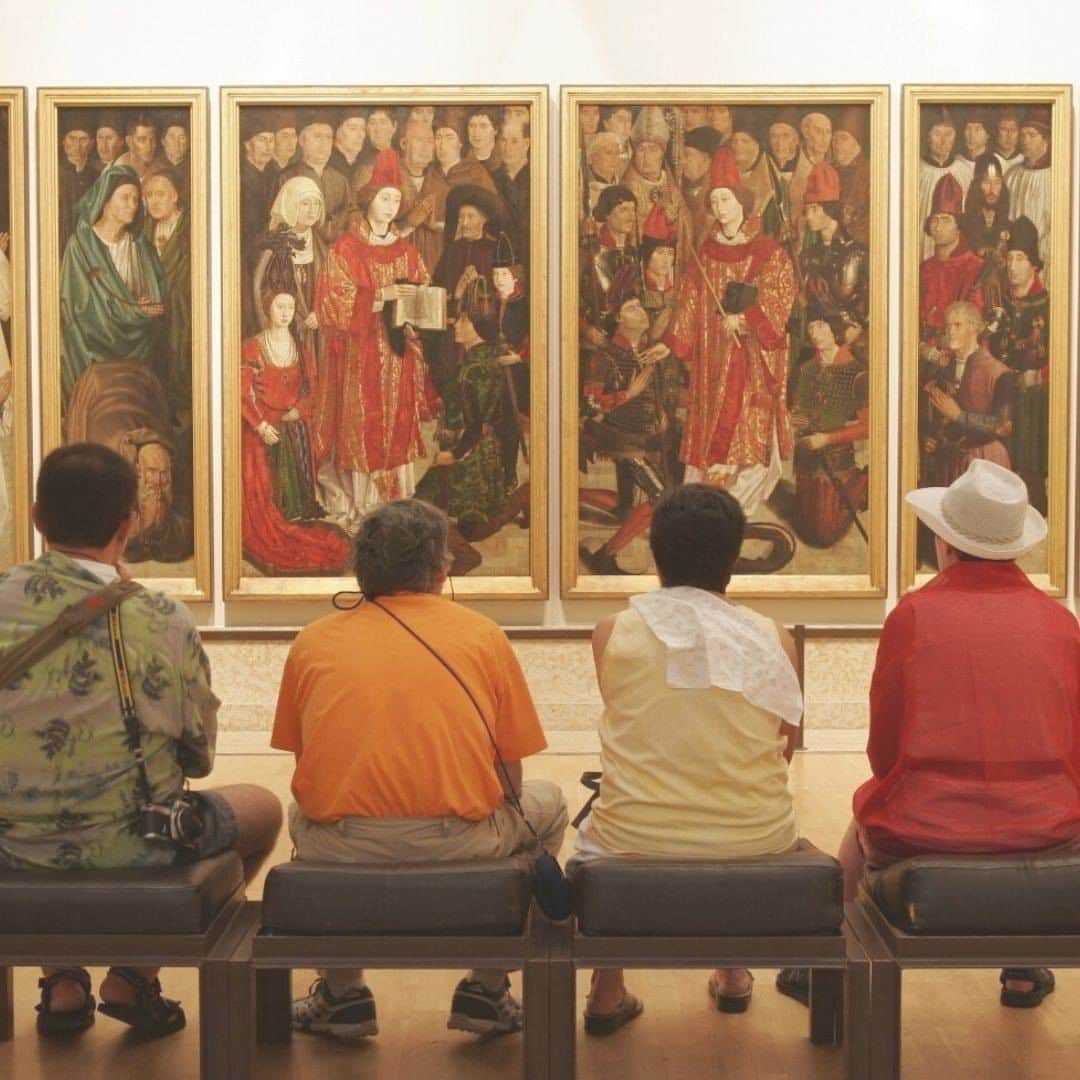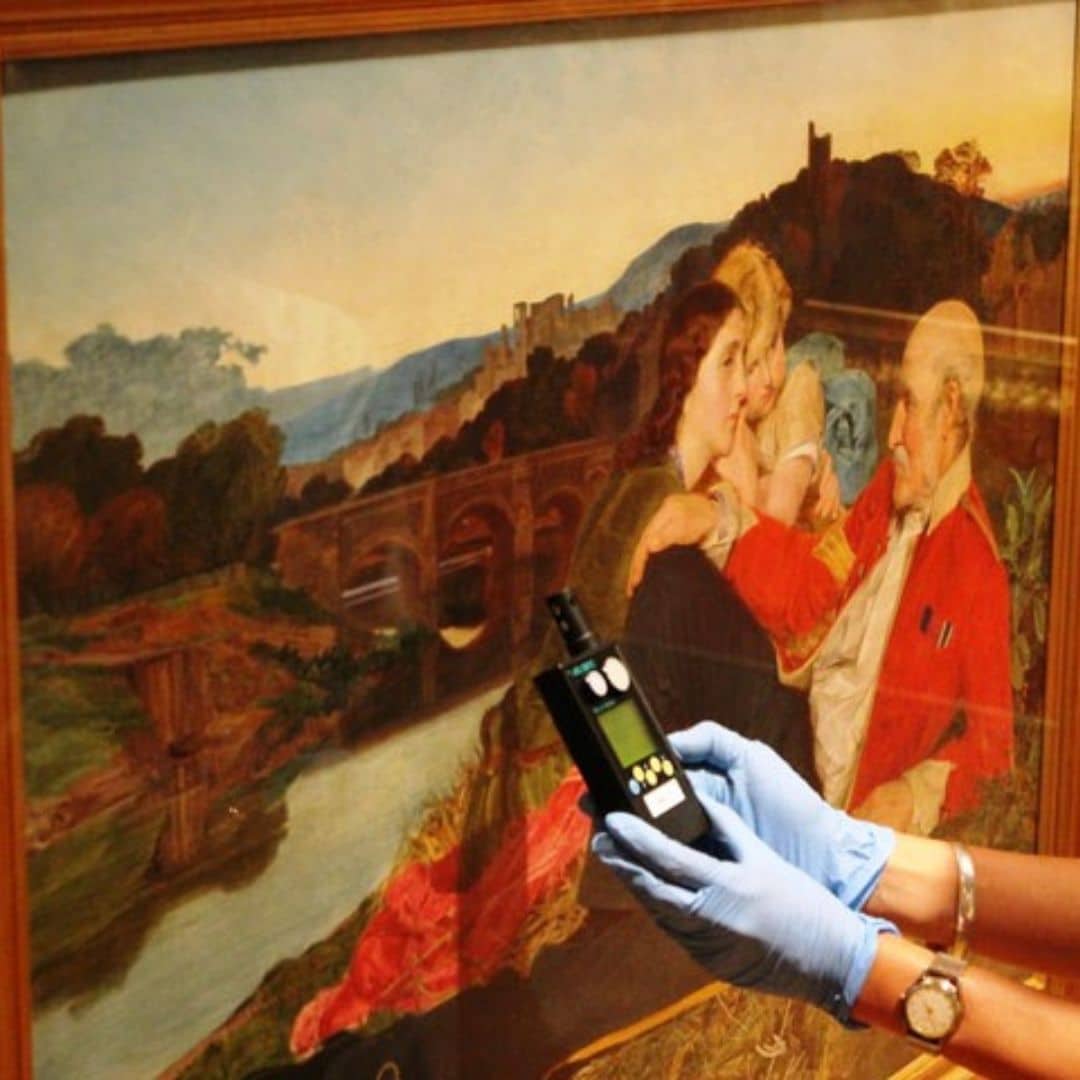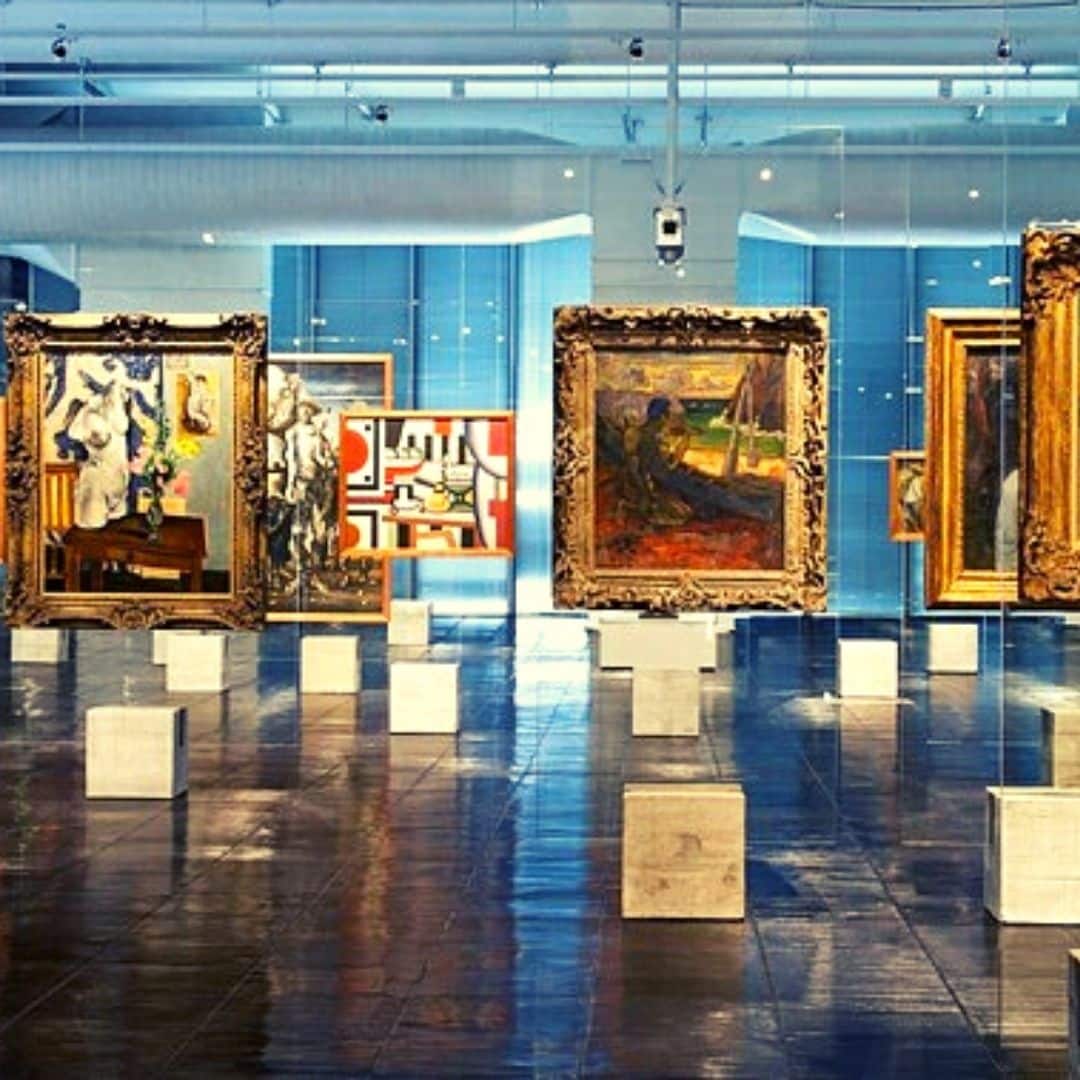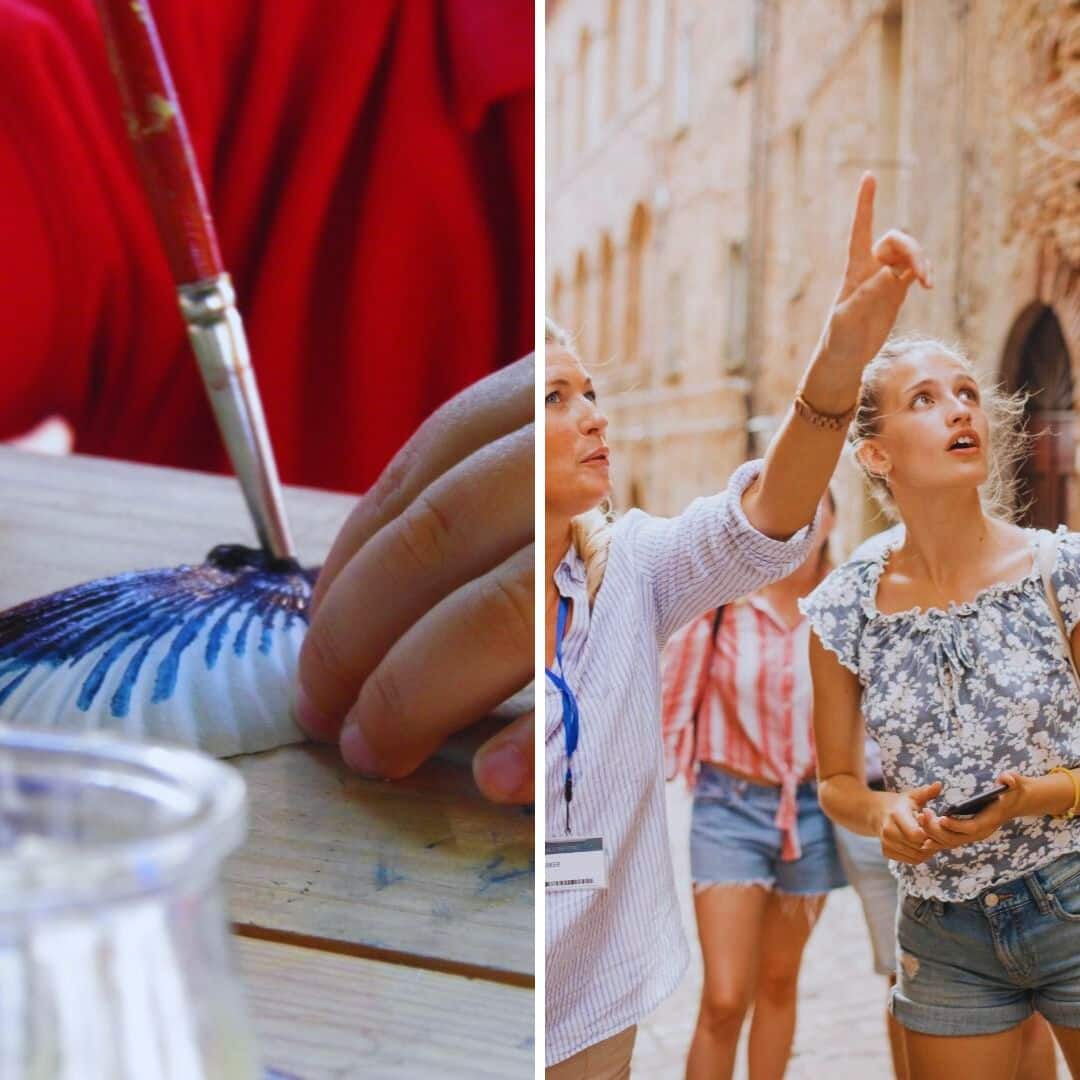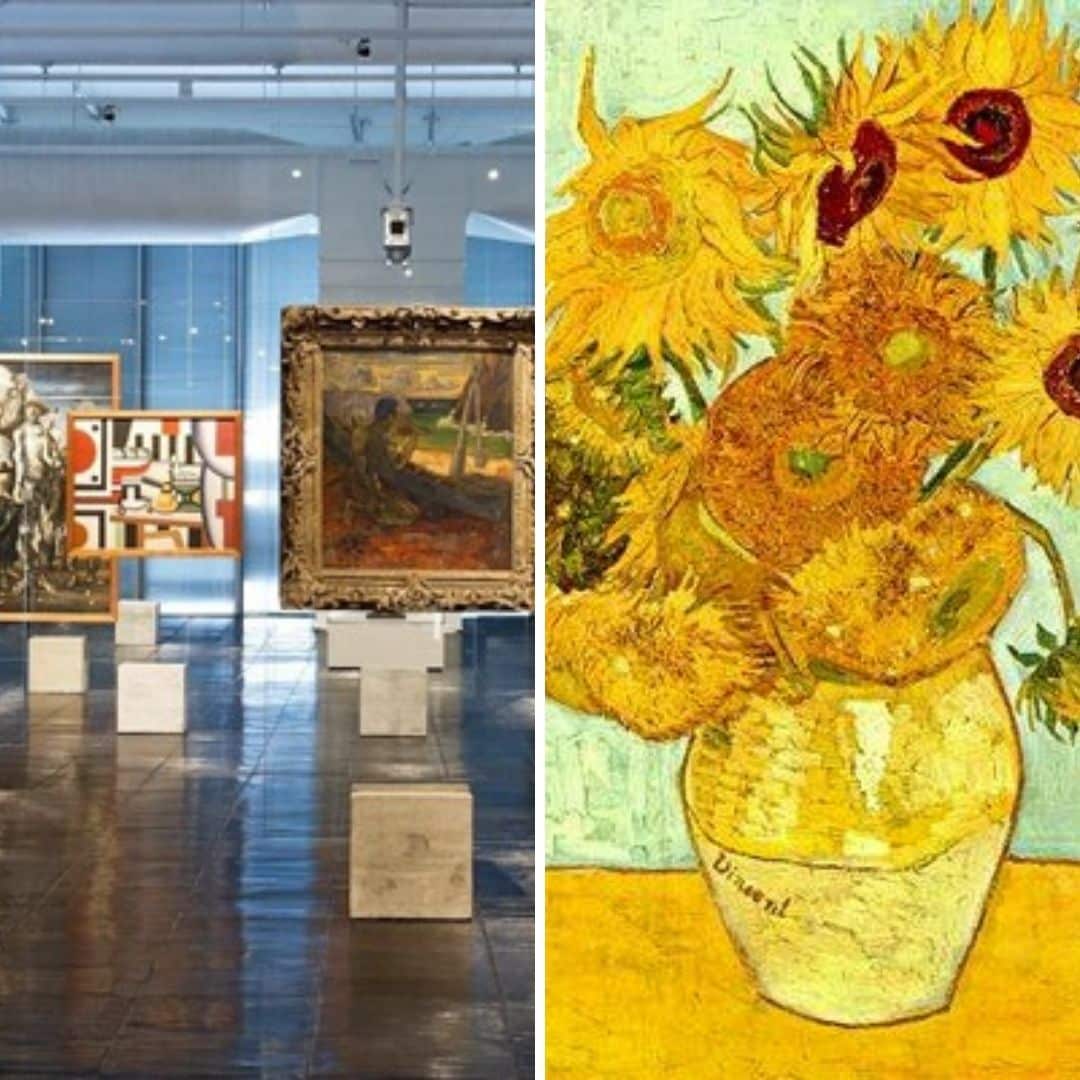The aim of this article is to try to understand what is cultural heritage as a concept and to systematize the aspects it involves.
Before we begin to systematize what is Cultural Heritage and its concept, let’s reflect a little:
What is Cultural Heritage – it is above all identity
Cultural heritage identifies us as people and as citizens, and it identifies us in our different scales and dimensions:
What is cultural heritage in the global dimension
World Heritage identifies us as citizens on a global scale.
What is cultural heritage in the continental and intercontinental dimension
A small example: the European Union’s efforts to value common heritage as one of the building blocks of European citizenship.
But Cultural Heritage is also a bridge between continents through common references (such as languages or projects like IBERmuseums).
What is Cultural Heritage in the national dimension
The need to safeguard cultural heritage was and still is linked to the concept of national identity.
What is cultural heritage in the regional dimension
If we talk about regional cultural heritage, we’re talking about cultural traits that identify a particular region.
But even more so, regional cultural heritage often transcends political boundaries.
It’s no coincidence, for example, that there are often joint cultural initiatives between Galicia (Spain) and Northern Portugal.
What is cultural heritage in the municipal dimension
Municipalities are becoming increasingly aware of the importance of Cultural Heritage:
“The historical heritage of a municipality is the set of assets, tangible or intangible, considered fundamental to the transmission of the memory and identity of its community.
It thus constitutes an irreplaceable resource for the (re)construction and development of the territory, and it is therefore urgent to identify, study, preserve and disseminate it.”
What is cultural heritage in the local dimension
When we ask ourselves what is Cultural Heritage we must first make the connection with the community.
The idea of a local community refers to a population living in a certain area, with ties of neighborhood or belonging.
These ties of belonging (to the city, village, neighborhood or school) become closer through the identification of common Cultural and Natural Heritage.
The increasing attention paid to Intangible Heritage is undoubtedly another factor in strengthening the identity of local communities.
What is cultural heritage in the family dimension
We mustn’t forget to reflect on what is cultural heritage in our family. Our family identity is built through the preservation and transmission of objects (photographs, books, pieces of furniture or ceramics, …).
But also through ways of acting, oral expressions, stories and anecdotes, culinary habits, ways of celebrating festive dates, …
Safeguarding this cultural heritage and passing it on is not usually conscious.
But perhaps it’s important to start looking at our family cultural heritage in a different way and to systematize its preservation.
We must always bear in mind that Cultural Heritage is a concept as broad as the concept of culture itself and that it has been broadened as a result of successive reflections, debates and conventions.
What is cultural heritage | definitions and systematization
It is
“Heritage is defined as the combination of ‘the creations and products of nature and man which, in their integrity, constitute, in space and time, the environment in which we live.”
(ICOMOS-Canada French-Speaking Committee (1982) Charter for the Preservation of Quebec’s Heritage (Deschambault Declaration) – “Definition of Heritage and Preservation” .
So we have a first major division of the concept:
Natural Heritage
and
Cultural Heritage
Heritage has a notable significance in the existence and affirmation of different communities, from the parish, to the municipality, to the region, to the national and international level, designating an asset intended for the enjoyment of a community.
It is therefore an integral part of modern life and includes both natural and cultural heritage.
So what is cultural heritage ?
The concept has broadened considerably in recent years.
We no longer just talk about built historical heritage, artistic monuments, but also works of art and all kinds of cultural manifestations – what is known as intangible heritage.
The concept continues to change, just like society itself, ways of life and ways of thinking and acting.
It is in heritage that the culture of each population or region is made explicit, both materially and immaterially, so the relationship between heritage and the communities is fundamental.
We can therefore divide the concept into:
Tangible heritage
and
Intangible heritage
Tangible and intangible cultural heritage
These two concepts about what is Cultural Heritage relate directly to material and immaterial culture and the ways of safeguarding it.
What is tangible heritage?
It is made up of movable or immovable cultural assets and ranges from buildings to photographic or documentary collections.
This gives rise to a division into:
Immovable heritage
Examples:
- Architectural heritage.

- Historic gardens.
- Urban heritage.
- Archaeological sites and historical monuments.
Movable heritage
Examples
- Painting and sculpture.
- Decorative arts.
- Photographic heritage.
- Film heritage.
- Traditional crafts and objects.
- Documentary and bibliographic heritage.
We can’t forget:
Integrated heritage
For example, tile panels integrated into a building or altarpieces in a church.
what is intangible cultural heritage
This is formed by rites, music and oral traditions; festivals and popular traditions, but also by:
- Conventions and patterns of behavior.
- Languages.
- Toponyms.
- Religions.
- Intellectual heritage such as literary works, music, theories of science and philosophy.
Let´s systematize these concepts
Heritage manifests itself when we think about defending it
Heritage can be protected, preserved and disseminated in a harmonious and sustainable way.
In communion with local communities and governmental and non-governmental entities, with the aim of not allowing it to deteriorate or be lost over time and contributing to its enhancement as a representation of its history.
Discover the online courses with certificates by Citaliarestauro

Fátima Muralha
Graduated in History – Art History from the Universidade Nova of Lisbon. Post-Graduate in Management and Promotion of Heritage by the UAL. Specialised in Management of Cultural Projects. Various training courses and a specialisation course regarding Promoting Heritage, Conservation & Restoration, Museum studies and Vocational Training. Coordinator in multiple projects linked to Historical and Artistic Heritage, educational and vocational training projects in various entities. Author of several publications and communications. Creator and coordinator of the development of virtual content of the project: History | Art | Culture.

